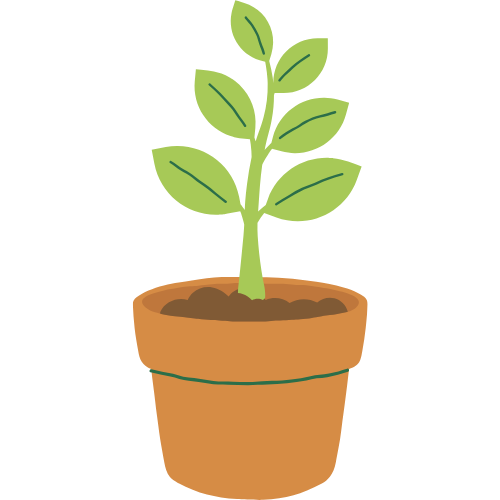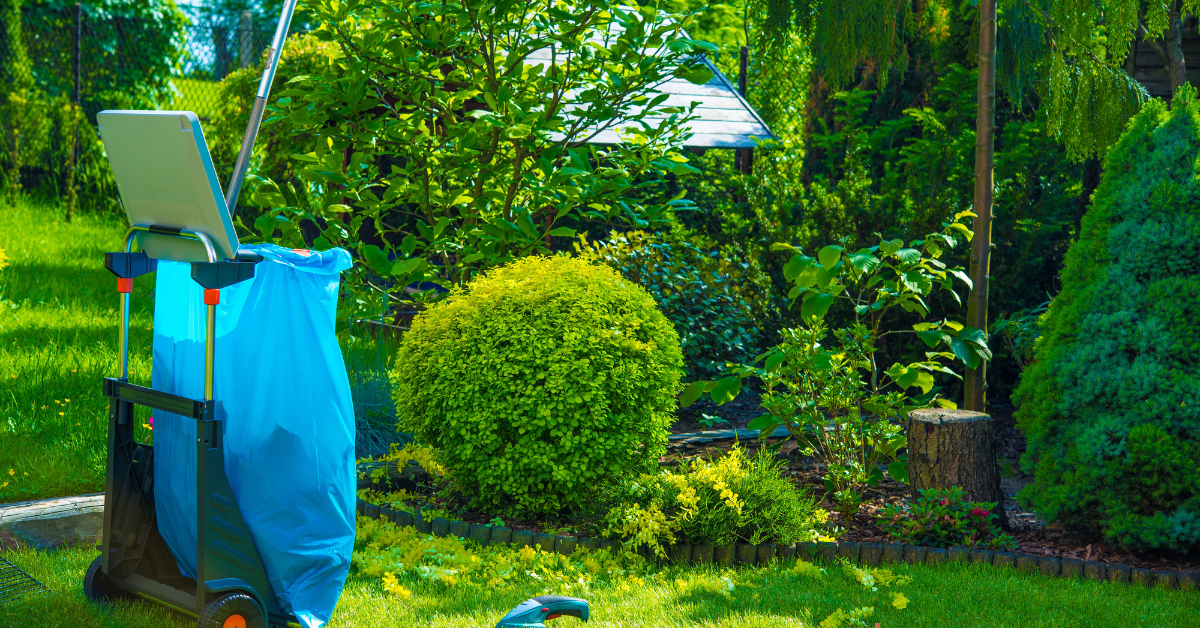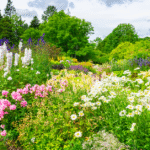
Gardening is commonly identified as an activity that basically belongs in the months of spring and summer. However, it can be well seen that a truly successful garden is one that is nurtured all year round. By doing the correct work at the correct time, you can make your plants grow healthy, ensure your soil remains rich, and get a chance to utilize all the seasons to the best of their potential. An accurate approach to seasonal gardening is what is required in order to have a fertile, beautiful, and productive outdoor space.
Spring: The Season of Renewal
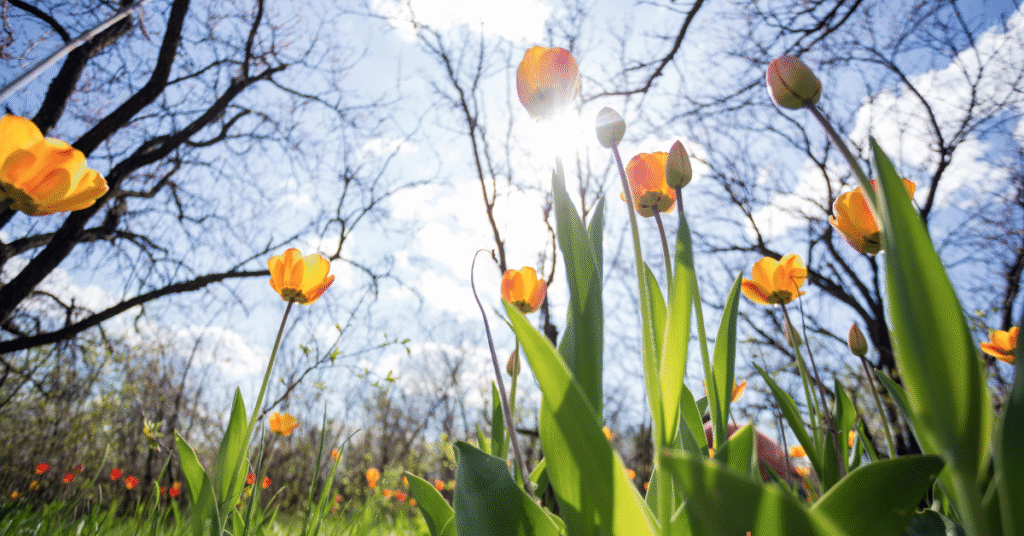
Spring is the time of active new life. It is this time when you are preparing the groundwork for the next growing season.
- Clean-up: One of the first tasks of spring is to rake out whatever winter may have left behind, including dead leaves and old plant stalks. This will remove potential hideouts where pests and disease can be hiding.
- Soil Preparation: Preparation of the soil is the most significant activity of spring. Enrich your beds with a good deal of compost which should be forked in. This contributes nutrients and also offers a good soil structure.
- Planting: Transplant indoor seedlings or sow them in place when the soil is well-drained (cool-season vegetables, including peas, lettuce, and radishes).
- Tool Maintenance: Clean and sharpen your gardening tools. The best time to prepare everything to its most active state is in Spring so that when the most hectic months arrive, everything is ready.
Summer: The Season of Growth and Harvest
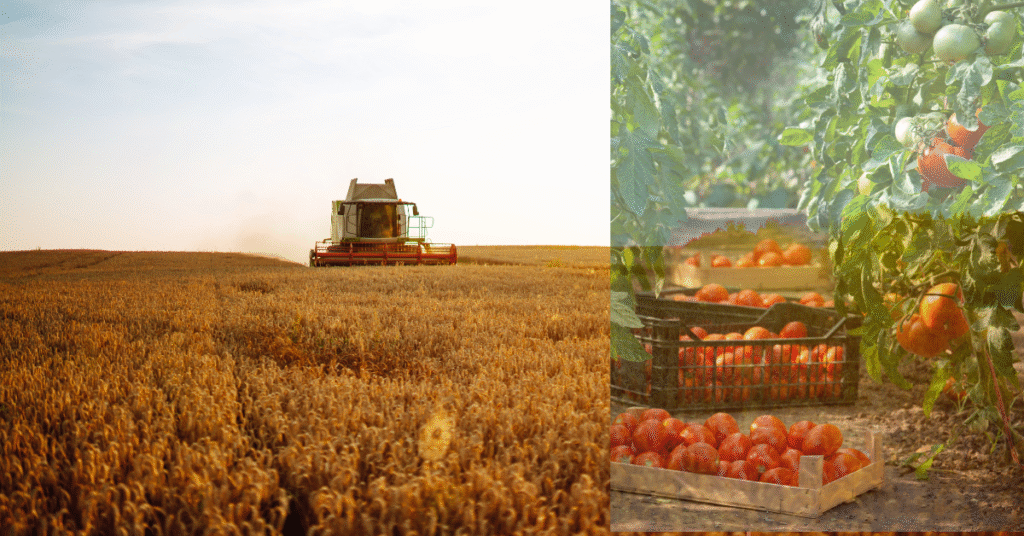
It is in summer that your labor is rewarded. The garden is in full swing, and you are already shifting to the phase of monitoring and enjoying the harvests.
- Watering: Be sure to water your plants well and frequently during very dry spells. The morning is the most convenient time to water because the water can soak up first before it is evaporated by the sun’s heat, and it prevents fungal diseases.
- Weeding: Weeds take water and nutrients away that should go to your crops. Keep on top of them by doing a lot of weeding. Moisture can also be maintained and weeds can be slowed by a layer of mulch.
- Fertilizing: Many vegetables, in particular fruit-producing crops, are heavy feeders. They sometimes just require a boost; this can be in the form of a light, frequent use of organic fertilizer or a liquid feed like compost tea.
- Harvesting: Just reap your rewards! Regular harvesting of vegetables will also assist in frequenting the plant’s harvest.
Fall: The Season of Preparation and Rest
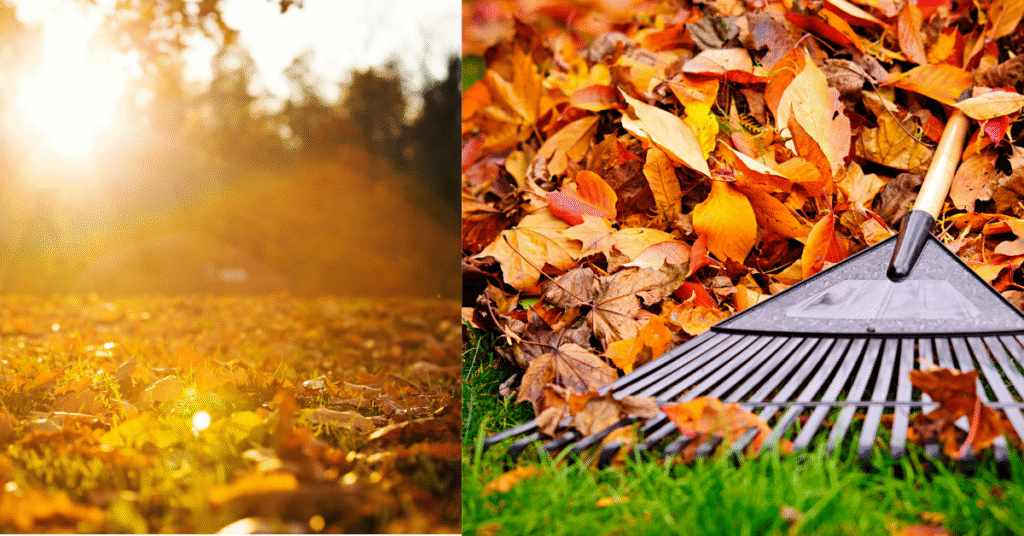
When temperatures dip, fall is an excellent time to put the garden to bed and ready it for next season.
- Final Harvest: You need to collect all those leftover vegetables before the first frost. This also entails root vegetables such as carrots and potatoes.
- Clean-up: Get rid of used-up plants and any diseased growth in your beds. This is necessary to control overwintering of pests and diseases in your garden. Add good plant materials to your compost.
- Protecting the Soil: Protect garden beds with a cover crop, e.g., clover or rye, or a thick mulch. This helps avoid soil erosion and puts back nutrients for the next season.
- Planting: You should have planted garlic the preceding year to reap the harvest during the summer the next year. Cool-season greens can also be seeded to be harvested in the late fall or during the early winter.
Winter: The Season of Rest and Planning
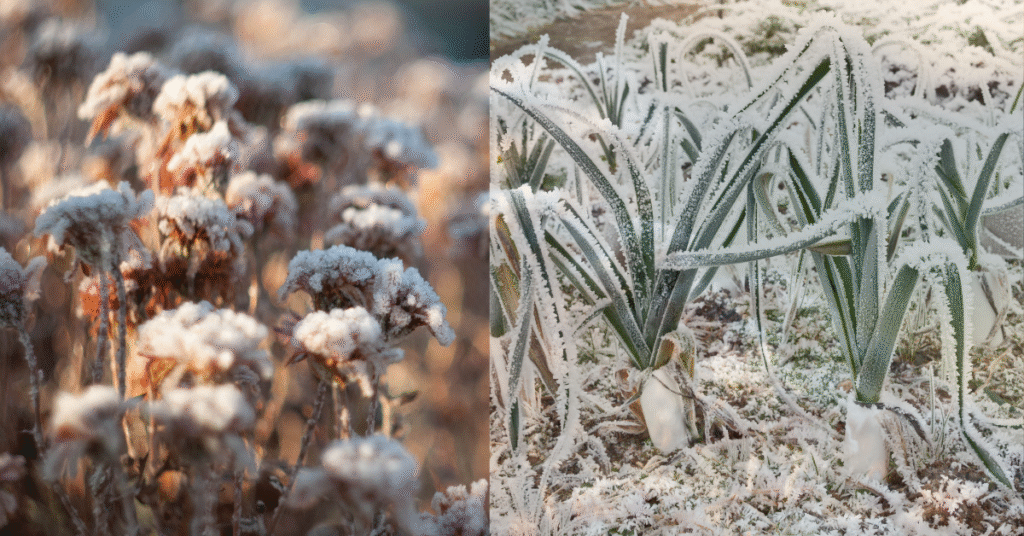
The garden is sleeping, and winter is the season to rest and plan.
- Review and Reflect: Take a look at the last season. What worked? What didn’t? Make notes about what you wish to do next year.
- Plan and Dream: This is the time to obtain a new copy of the garden map, to examine some additional plants, and to order seeds to get going in the spring.
- Tool and Equipment Maintenance: Clean and oil all your tools and equipment and get them ready for storage in winter. This will save them from rusting, and they will be ready when spring comes.
Once you embrace seasonality in your garden, you will have a balanced and sustainable garden that will give you home-grown food and a beautiful garden every year. You can enjoy gardening all year round, and the work that must be done and its enjoyment are different according to the season.
